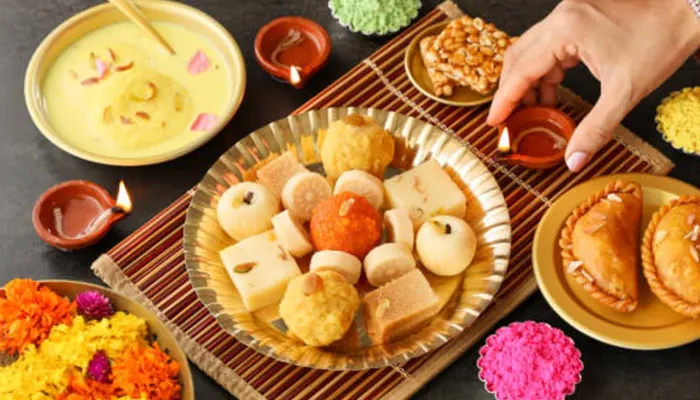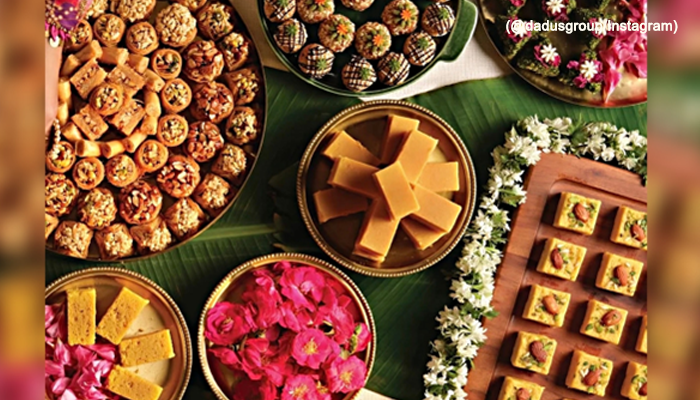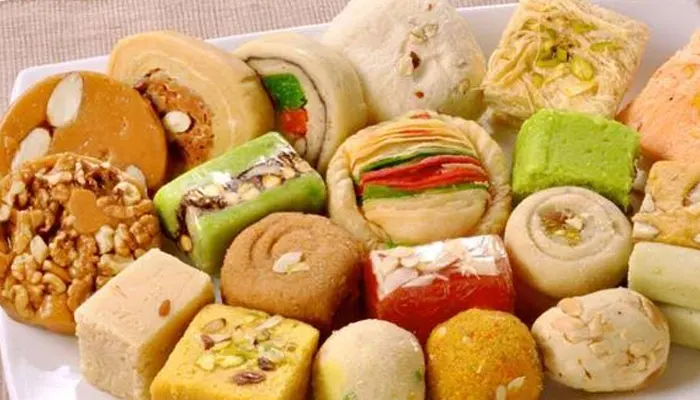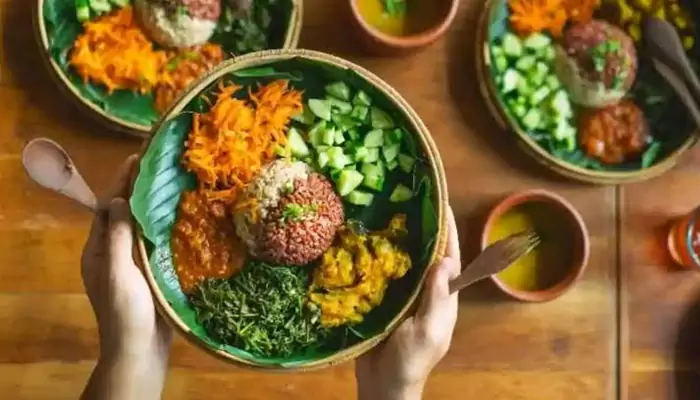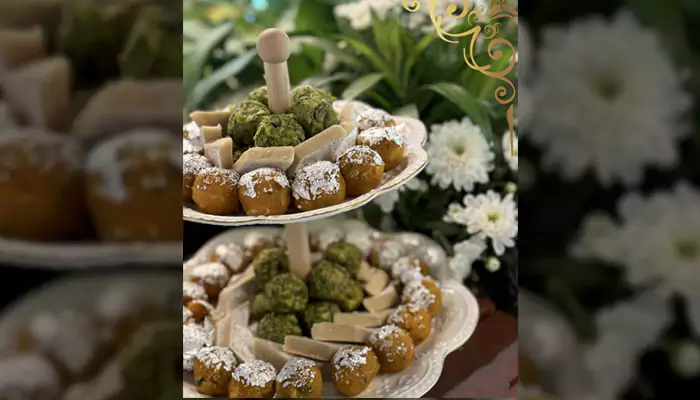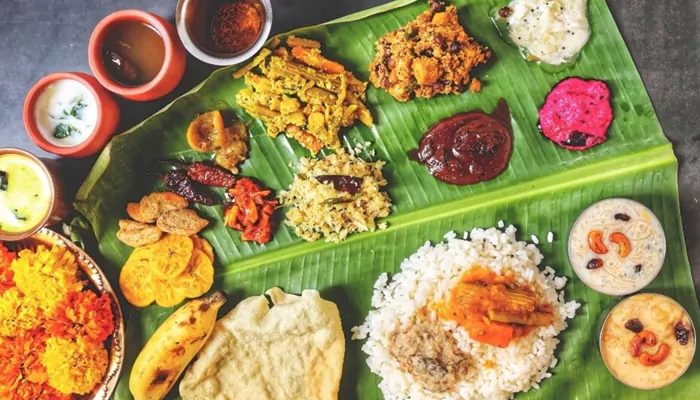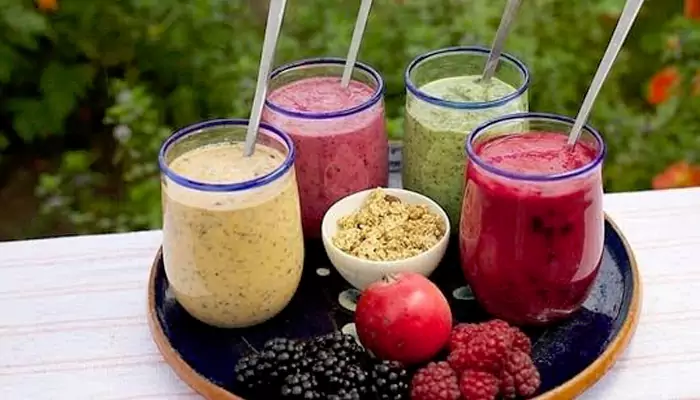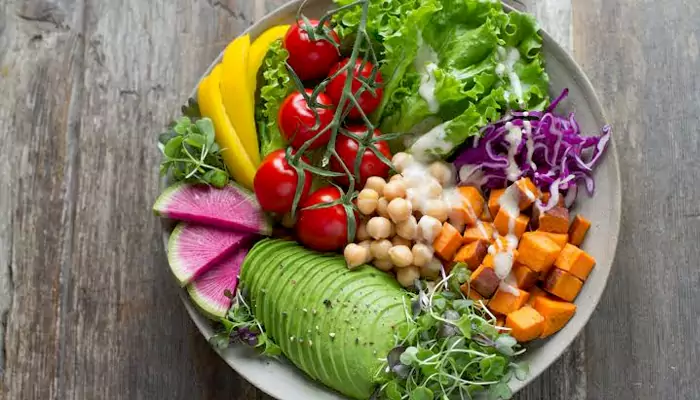Pickle Perfection: Interesting Tips For Crisp And Crunchy Homemade Pickles
- Ishani Karmakar
- 1 year ago
- 4 minutes read

Homemade pickles are a delight that can transform a simple sandwich into a gourmet experience or add an exciting crunch to any meal.
The key to pickle perfection lies in achieving that coveted crisp and crunchy texture, which can be a challenge if not done correctly. Whether you’re new to pickling or looking to refine your techniques, here are some essential tips to help you create pickles that are irresistibly crisp and crunchy.
Choose Fresh, High-Quality Vegetables
The foundation of crisp pickles starts with the vegetables. Select the freshest, firmest cucumbers or other vegetables you plan to pickle. Overripe or soft vegetables can lead to limp pickles. For cucumbers, opt for pickling cucumbers rather than slicing cucumbers, as they have a thicker skin and fewer seeds, which helps them stay crunchy. If you’re pickling other vegetables, such as carrots or green beans, ensure they are similarly fresh and crisp.
Use the Right Type of Vinegar
The type of vinegar you use can impact the texture of your pickles. White vinegar and apple cider vinegar are popular choices for pickling due to their acidity levels. Opt for a vinegar with at least 5% acidity to ensure proper preservation and crispness. Avoid using flavoured or malt vinegars, as they can alter the taste and texture of your pickles.
Prepare Your Brine Properly
The brine is crucial for pickle crispness. A basic brine consists of vinegar, water, salt, and sometimes sugar and spices. To maintain crunchiness, use a recipe that includes a higher ratio of vinegar to water. A typical ratio is 1 cup of vinegar to 1 cup of water. Also, ensure the salt used is non-iodized, such as kosher or pickling salt, as iodized salt can cause pickles to become soft or cloudy.
Add Crisping Agents
For that extra crunch, consider adding natural crisping agents to your pickles. Options include:
Calcium Chloride
This additive helps maintain firmness and is widely available in grocery stores or online.
Grape Leaves
Adding a few grape leaves to your jars can help keep pickles crisp. The tannins in the leaves act as a natural firming agent.
Horseradish Leaves
Similar to grape leaves, horseradish leaves contain tannins that help preserve the crunchiness of pickles.
Properly Process Your Pickles
Processing your pickles correctly is essential for maintaining their texture. If you’re canning pickles for long-term storage, follow a reliable canning recipe and process them in a boiling water bath or pressure canner as directed. For quick pickles, simply refrigerate them after preparing. In either case, avoid overprocessing, which can lead to soft pickles.
Avoid Overcrowding the Jars
When packing your pickles into jars, ensure there is enough space for the brine to circulate freely around the vegetables. Overcrowding can lead to uneven pickling and affect the texture. Pack the vegetables snugly but not too tightly, leaving about half an inch of headspace at the top of the jar to allow for expansion.
Allow for Proper Pickling Time
Patience is key when making pickles. Allow your pickles to sit in the brine for the recommended time to achieve the best flavour and texture. For quick pickles, refrigerate them for at least 24 hours before tasting. For canned pickles, let them sit for at least two weeks before consuming to allow the flavours to develop and the texture to set.
Store Pickles Properly
Proper storage is vital for maintaining pickle crispness. Store jars of pickles in a cool, dark place, away from direct sunlight. For quick pickles, keep them in the refrigerator. Ensure that the lids are tightly sealed to prevent air from entering, which can lead to spoilage and texture changes.
Achieving pickle perfection involves attention to detail and a bit of patience, but the results are well worth the effort. So gather your ingredients, prepare your jars, and embark on a pickling adventure that promises to deliver crunchy, flavourful delights with every bite.

